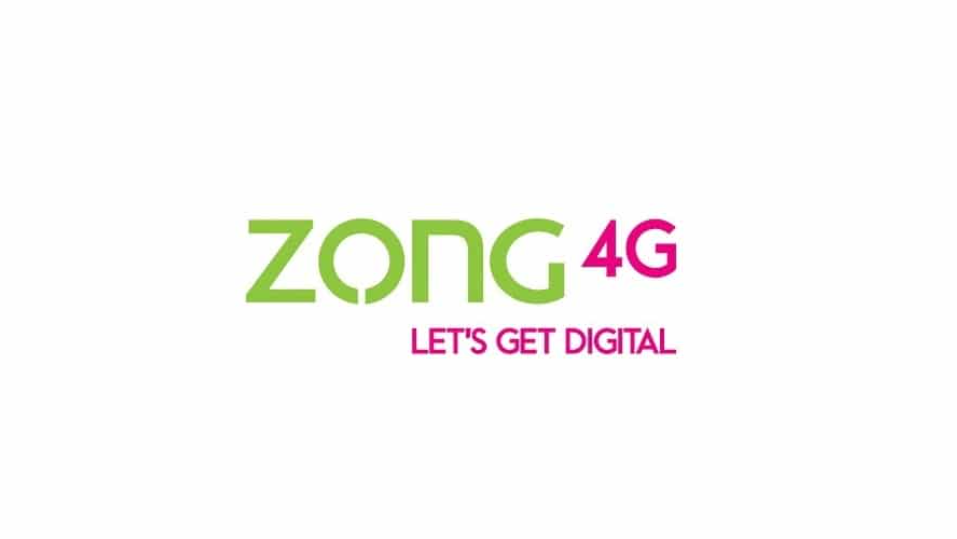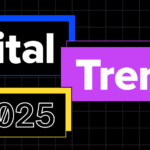More changes have occurred in the mobile payments space in the last 10 months than the first 10 years of Zong’s lifespan, so the company decided the time is right to publicly release an index to show what’s going on.
The first installment of a new monthly report, the Zong Payment Index (ZPI), tracks the spending of Zong’s global user base. In short, it shows how factors such as merchant availability and operator policies affect consumer behavior. Zong provides a way for billing goods, mostly digital, to a consumer’s mobile phone number.
The company isn’t revealing the average monthly spend of consumers that use its service, but Elena Krasnoperova, vice president of Analytics and Fraud Management at Zong, says the average monthly spend per Zong user is up 37 percent in the last 12 months globally.
Total spend per Zong customer increased more than 50 percent in the last 12 months in Canada, Switzerland, Czech Republic, Germany and The Netherlands, she says, driven by an increase in spending limits allowed by operators. Zong is now in more than 40 countries and boasts partnerships with more than 200 operators around the world.
A top tier operator in the United States temporarily decreased its monthly spending limit from $100 to $25, so the monthly U.S. spend per user decreased 8 percent from January 2011 to February 2011, but that unnamed operator has since increased its limit back to $100, so Zong expects that number to pick back up when March figures are factored into the results.
Whereas seemingly everybody is getting into the mobile payment space, they’re not all in the carrier billing part of it where the charges appear on the user’s mobile phone bill; that set of competitors has stayed pretty steady over the years, she says. Zong’s most direct competitor is BOKU, which also works with Tier 1s in the United States. On Verizon Wireless, both of them are using BilltoMobile as the platform.
Zong looks at the likes of Amazon and Google as potential partners rather than competitors. “We each bring different things to the table,” Krasnoperova says. “We’re all trying to see how this ecosystem evolves.”
The rise of in-app payments is exciting, she says, as it’s much more natural for a user to pay on the mobile phone when they’re buying or consuming content on a mobile device. As for Google’s launch of in-app billing this week, it does not currently offer carrier-direct billing











